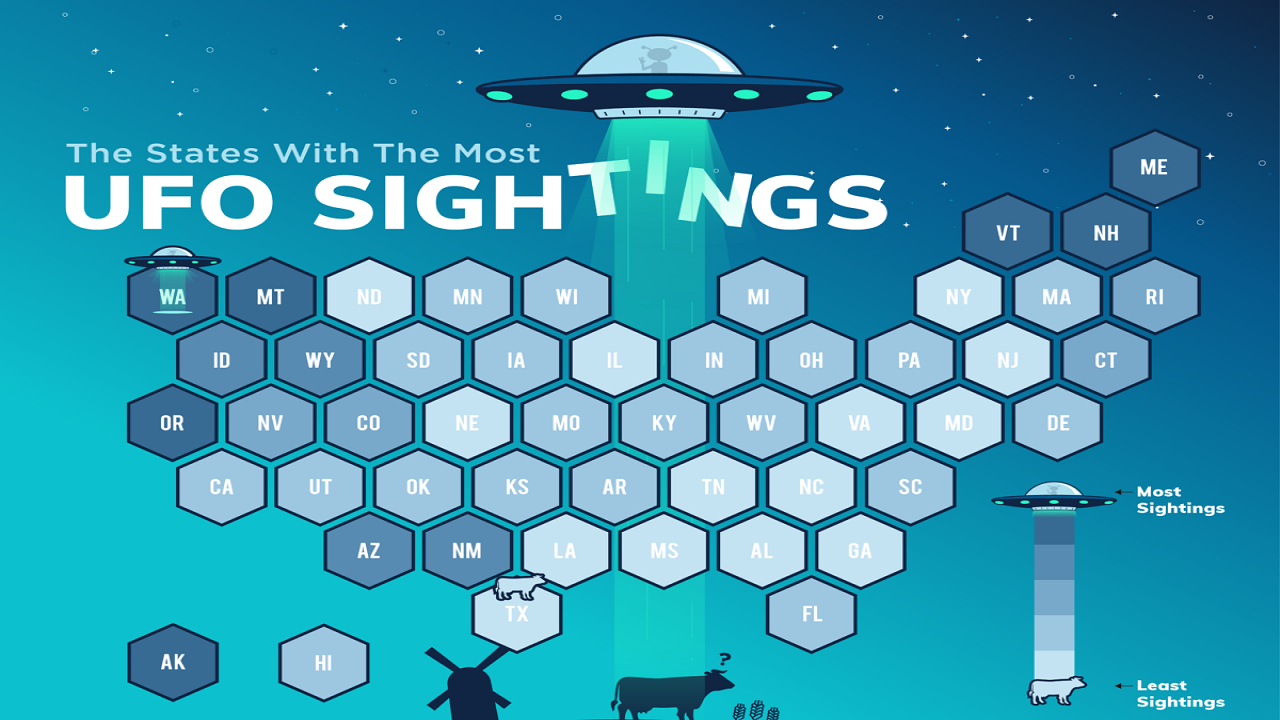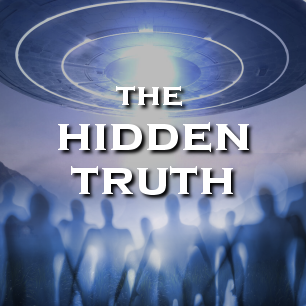Blog Categories
- African Incidents
- Atlantis Incidents
- Australian Incidents
- Belgian Incidents
- Bermuda Triangle Incidents
- Brazilian Incidents
- Canadian Incidents
- Chinese Incidents
- European Incidents
- France Incidents
- Ghosts
- Giants
- Italy Incidents
- Japanese Incidents
- Middle East Incidents
- Portugal Incidents
- Project Serpo
- Puerto Rico Incidents
- Russian Incidents
- Sasquatch
- Scandinavia Incidents
- Spanish Incidents
- UFOs
- United Kingdom Incidents
- United States Incidents
Some UFO statistics (1979 to 2018)

The Commission for the Reception and Investigation of Reports of Unidentified Flying Objects (CRIDOVNI), was created on August 7, 1979, with the purpose of complementing the tasks of the Air Traffic Control, due to the repeated reports from the population in different localities of the country on the sighting of UFOs.
Integration:.
Currently, the CRIDOVNI has seven permanent members, and non-organic collaborating personnel in different areas throughout the national territory, maintaining the relationship with foreign, official and private research groups through the Regional Center for Research on Aerospace and Terrestrial Phenomena (CRIFAT).
Objective:.
Receive, study and evaluate all reports of UFO sightings in the national airspace, under the competence of the Uruguayan Air Force, in accordance with Law 14747, in support of airspace control and aeronautical safety activities.
Methodology:.
With the collected and classified information, a data bank is made and programs of study and scientific technical cooperation are established at national and international level, through which we try to determine characteristics, laws and/or patterns of behavior of UFOs that maintain a non-conventional aerial development. In each of the analyses different questions are raised, such as the possibilities of fraud by witnesses or third parties, the possibility of being a conventional phenomenon or not, as well as the possibility of being a psychological illusion.
The results of the investigation are evaluated by a final percentage system that provides in a clear and practical way, the scientific possibility in the occurrence of an event or phenomenon of unconventional nature, which develops in the aerospace field.
How CRIDOVNI is organized/ how CRIDOVNI works:.
CRIDOVNI - Organization.
Directors: President and vice-president.
Secretary.
Operational Department: The Operational Department conducts the field research. It gathers witness testimonies and any evidence of the reported observation at the scene of the event.
Technical Department: The Technical Department is the one that analyzes the evidence and testimonies brought by the Operational Department. If necessary and if required, they return to the scene to gather or expand on the information provided. This Technical Department is the one that prepares at the end of the investigation a report that is submitted to the President of the CRIDOVNI, from here the report goes to the Commander in Chief and if necessary to the Ministry of Defense.
Archive and Statistics Department: The Archive and Statistics Department keeps custody of the evidence and proofs of investigations, maintains copies of all reports that have been prepared, and updates all information on cases as it is received.
Precepts to take into account when starting research.
At the beginning the research, 5 questions are asked: .
What is the possibility of fraud on the part of the witnesses?
What is the possibility of fraud by third parties?
What is the possibility of being a conventional phenomenon?
What is the possibility that this phenomenon is a psychological illusion?
What is the possibility of unconventional phenomena?
Work methodology.
Witness and evidence collection at the scene of the event.
Aerospace data collection (air traffic, meteorology, space debris fallout, satellite passages, astronomical events, etc).
Study of the area, either in land or jurisdictional waters.
Analysis of extraordinary events (military maneuvers, popular events, etc.).
Analysis of the level of strangeness of the case.
Witness study: Cultural/educational level. Psychological study.
Evaluation Manual.
(I can't read most of what it says, the font is too small) .
Result .
The results of the research are evaluated by a mathematical percentage system, which gives finally and in a clear and practical way the scientific possibility in the occurrence of an event or phenomenon of unconventional nature that develops in the aerospace field.
Number of reports.
Reports investigated period 1979 - 2018:.
1490.
Non-conventional reports of a high level of strangeness:.
~45 (3% of total investigated).
The percentage of non-conventional cases has remained over time in the order of 3% of the total.
Number of witnesses per report.
1 witness: 48% (715).
2 witnesses: 20% (298).
3 witnesses: 12% (179).
4 witnesses: 8% (119).
5 witnesses: 7% (104).
6 witnesses: 3% (45).
7+ witnesses: 2% (30).
Age of witnesses.
The age peak is between 30 and 39 years of age, decreasing from that point onwards.
The fact that most of the observations are at night (last slide) and that older people go out less than younger people at those times may be a factor in this decrease.
Reported observations.
Luminous shapes: 49% (730).
Opaque shapes: 45% (670).
Detailed objects: 4% (60).
Observation of beings: 2% (30).
Sánchez indicates that Uruguay has many reports of luminous spheres.
Hourly distribution of observations.
The highest number of reports are between 8 and 9 pm. Sanchez suggests that this could be due to people leaving work, going home or already at home at that time.
The predominance of these hours is repeated year after year.
The 7pm peak might respond to winter time.
The 10pm peak might respond to summer time.
Post from user Mordrenix at UFObelievers at reddit..

The Commission for the Reception and Investigation of Reports of Unidentified Flying Objects (CRIDOVNI), was created on August 7, 1979, with the purpose of complementing the tasks of the Air Traffic Control, due to the repeated reports from the population in different localities of the country on the sighting of UFOs.
Integration:.
Currently, the CRIDOVNI has seven permanent members, and non-organic collaborating personnel in different areas throughout the national territory, maintaining the relationship with foreign, official and private research groups through the Regional Center for Research on Aerospace and Terrestrial Phenomena (CRIFAT).
Objective:.
Receive, study and evaluate all reports of UFO sightings in the national airspace, under the competence of the Uruguayan Air Force, in accordance with Law 14747, in support of airspace control and aeronautical safety activities.
Methodology:.
With the collected and classified information, a data bank is made and programs of study and scientific technical cooperation are established at national and international level, through which we try to determine characteristics, laws and/or patterns of behavior of UFOs that maintain a non-conventional aerial development. In each of the analyses different questions are raised, such as the possibilities of fraud by witnesses or third parties, the possibility of being a conventional phenomenon or not, as well as the possibility of being a psychological illusion.
The results of the investigation are evaluated by a final percentage system that provides in a clear and practical way, the scientific possibility in the occurrence of an event or phenomenon of unconventional nature, which develops in the aerospace field.
How CRIDOVNI is organized/ how CRIDOVNI works:.
CRIDOVNI - Organization.
Directors: President and vice-president.
Secretary.
Operational Department: The Operational Department conducts the field research. It gathers witness testimonies and any evidence of the reported observation at the scene of the event.
Technical Department: The Technical Department is the one that analyzes the evidence and testimonies brought by the Operational Department. If necessary and if required, they return to the scene to gather or expand on the information provided. This Technical Department is the one that prepares at the end of the investigation a report that is submitted to the President of the CRIDOVNI, from here the report goes to the Commander in Chief and if necessary to the Ministry of Defense.
Archive and Statistics Department: The Archive and Statistics Department keeps custody of the evidence and proofs of investigations, maintains copies of all reports that have been prepared, and updates all information on cases as it is received.
Precepts to take into account when starting research.
At the beginning the research, 5 questions are asked: .
What is the possibility of fraud on the part of the witnesses?
What is the possibility of fraud by third parties?
What is the possibility of being a conventional phenomenon?
What is the possibility that this phenomenon is a psychological illusion?
What is the possibility of unconventional phenomena?
Work methodology.
Witness and evidence collection at the scene of the event.
Aerospace data collection (air traffic, meteorology, space debris fallout, satellite passages, astronomical events, etc).
Study of the area, either in land or jurisdictional waters.
Analysis of extraordinary events (military maneuvers, popular events, etc.).
Analysis of the level of strangeness of the case.
Witness study: Cultural/educational level. Psychological study.
Evaluation Manual.
(I can't read most of what it says, the font is too small) .
Result .
The results of the research are evaluated by a mathematical percentage system, which gives finally and in a clear and practical way the scientific possibility in the occurrence of an event or phenomenon of unconventional nature that develops in the aerospace field.
Number of reports.
Reports investigated period 1979 - 2018:.
1490.
Non-conventional reports of a high level of strangeness:.
~45 (3% of total investigated).
The percentage of non-conventional cases has remained over time in the order of 3% of the total.
Number of witnesses per report.
1 witness: 48% (715).
2 witnesses: 20% (298).
3 witnesses: 12% (179).
4 witnesses: 8% (119).
5 witnesses: 7% (104).
6 witnesses: 3% (45).
7+ witnesses: 2% (30).
Age of witnesses.
The age peak is between 30 and 39 years of age, decreasing from that point onwards.
The fact that most of the observations are at night (last slide) and that older people go out less than younger people at those times may be a factor in this decrease.
Reported observations.
Luminous shapes: 49% (730).
Opaque shapes: 45% (670).
Detailed objects: 4% (60).
Observation of beings: 2% (30).
Sánchez indicates that Uruguay has many reports of luminous spheres.
Hourly distribution of observations.
The highest number of reports are between 8 and 9 pm. Sanchez suggests that this could be due to people leaving work, going home or already at home at that time.
The predominance of these hours is repeated year after year.
The 7pm peak might respond to winter time.
The 10pm peak might respond to summer time.
Post from user Mordrenix at UFObelievers at reddit..

